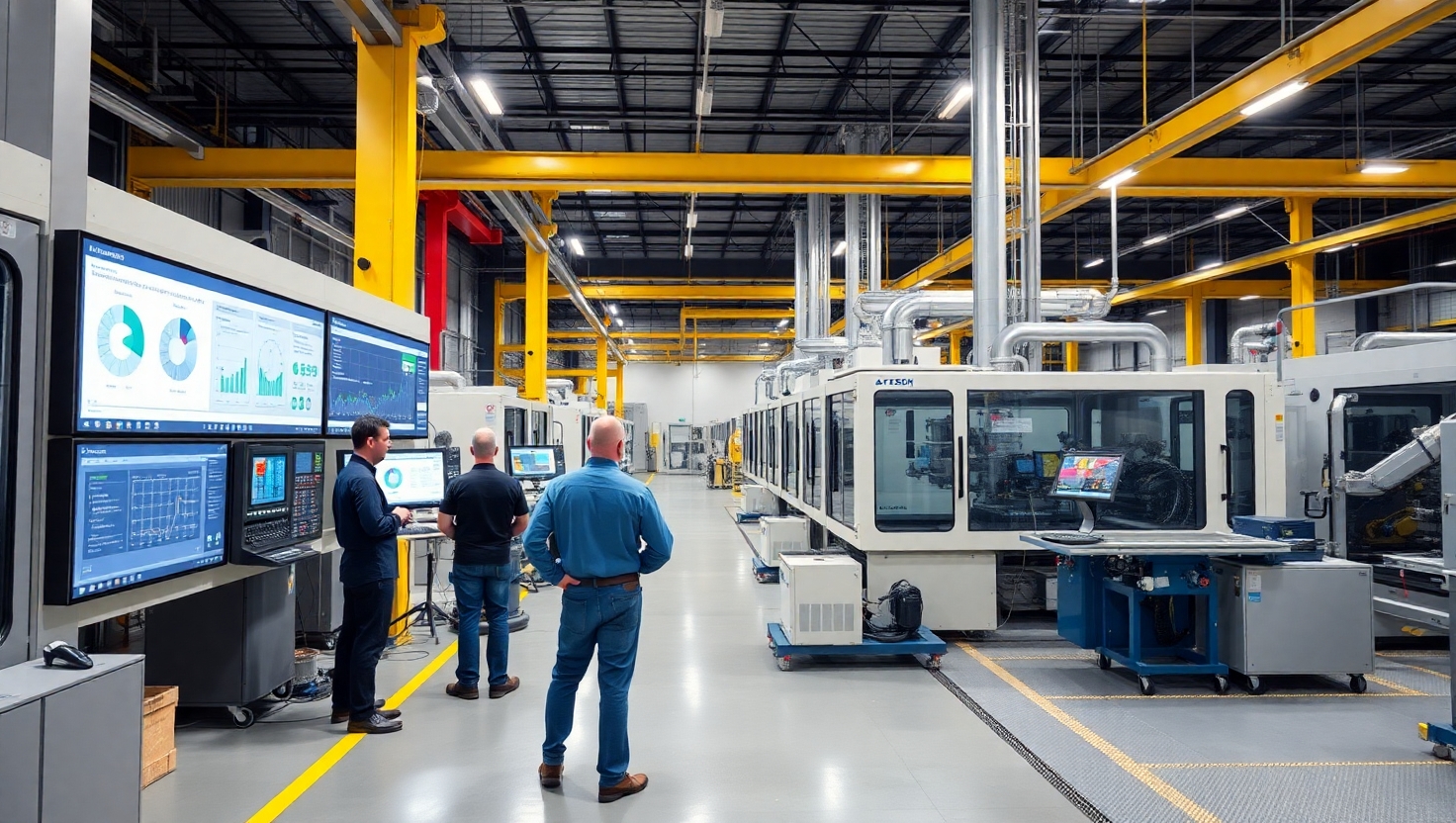Challenges of Implementing AI in Aluminium Production
Published by: ALUTimes | Date: July 18, 2025
Table of Contents
- Introduction
- 1. Data Quality Issues
- 2. Integration with Legacy Systems
- 3. Cost and ROI Concerns
- 4. Workforce Readiness
- 5. Strategic Recommendations
- 6. Industry Case Example
- Conclusion
- Disclaimer
Introduction
Artificial Intelligence (AI) has become a game-changer in manufacturing, and aluminium production is no exception. While AI promises greater quality control, predictive maintenance, and operational efficiency, the road to implementation isn’t without its bumps. In this article, we break down the key challenges that aluminium producers face when integrating AI into their operations.
1. Data Quality Issues
AI relies heavily on historical and real-time data to make accurate predictions. However, many aluminium plants operate with fragmented or low-quality datasets:
- Inconsistent sensor calibration
- Missing data logs due to equipment downtime
- Lack of standardization in data formats
- Errors from manual data entry
To ensure AI models perform reliably, companies must first invest in robust data collection infrastructure and cleansing protocols.
2. Integration with Legacy Systems
Many aluminium extrusion and smelting plants use outdated PLCs, SCADA systems, or ERP tools that are not designed for modern data exchange. This creates barriers such as:
- Compatibility issues between AI tools and legacy software
- Lack of APIs for real-time data sharing
- Security risks when connecting cloud-based AI models to local infrastructure
Integration often requires middleware or custom connectors, increasing project complexity.
3. Cost and ROI Concerns
Implementing AI isn’t cheap. The financial hurdles include:
- Hardware investments: IoT sensors, edge computing devices
- Software licensing and cloud usage fees
- Consulting or hiring AI talent
- Training staff on new tools
For many SMEs in the aluminium sector, the upfront cost appears daunting, especially when ROI is long-term or unclear. A well-defined cost-benefit analysis is essential to justify the transition.
4. Workforce Readiness
AI requires a cultural shift as much as a technical one. Common workforce challenges include:
- Resistance to automation due to job security fears
- Skills gap in understanding how AI functions
- Limited access to ongoing digital training in rural/industrial zones
Upskilling and change management are vital components of successful AI adoption.
5. Strategic Recommendations
- Start small: Use pilot programs to prove value and learn gradually
- Focus on measurable KPIs: scrap reduction, downtime decrease, etc.
- Use hybrid teams: blend AI experts with plant operators to co-design solutions
- Partner with vendors offering aluminium-specific AI solutions
6. Industry Case Example
In 2024, an aluminium profile manufacturer in Europe deployed AI for defect detection. Initially, they faced resistance from floor staff and inconsistent data. By investing in sensor upgrades and conducting team workshops, they achieved 35% defect reduction within six months and improved output consistency by 22%.
Conclusion
AI adoption in aluminium production isn’t without hurdles—but the rewards are worth the effort. With proper planning, data hygiene, workforce engagement, and targeted pilots, the aluminium industry can tap into AI’s full potential to become more agile, efficient, and competitive in 2025 and beyond.
Disclaimer
This article is for informational purposes. Please consult AI technology vendors and operational consultants before making implementation decisions in your aluminium plant.

